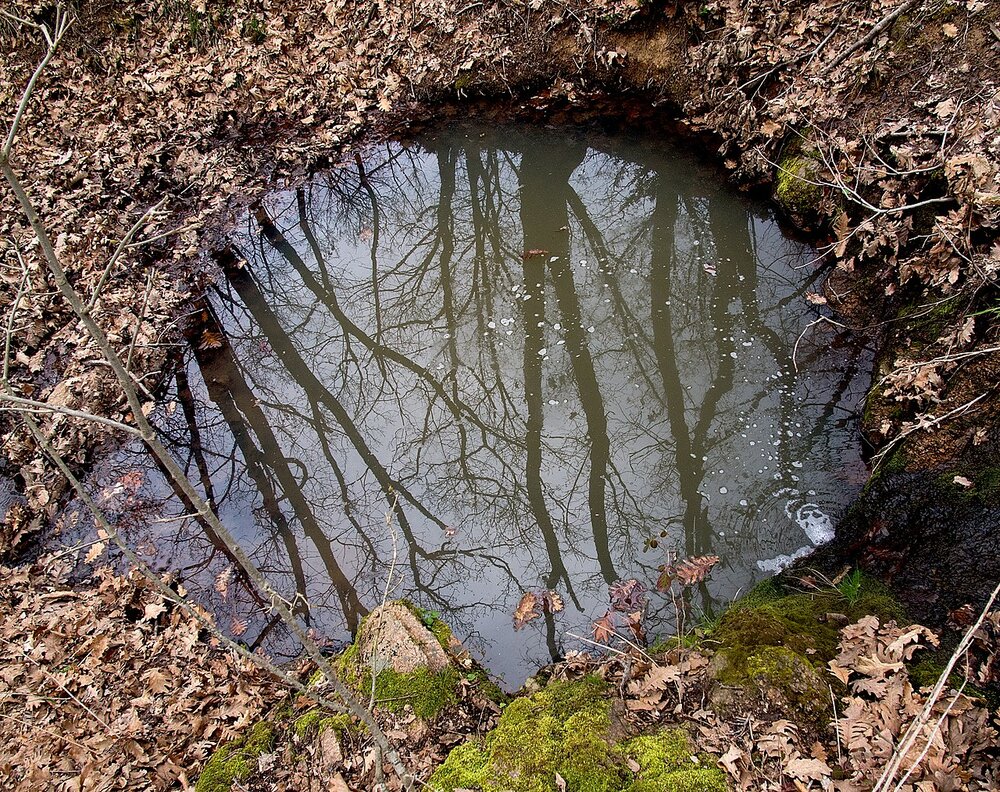Resumen
Algunos caracoles aparecen misteriosamente en charcas temporales tan pequeñas que no alcanzarían para llenar una olla grande. ¿Cómo llegan allí? ¿Mueren todos cuando se seca la charca? Y, en ese caso, ¿cómo sobrevive la especie?
.jpg)
Citas
¹ Den Hartog, C., & De Wolf, L. (1962). The life cycle of the water snail Aplexa hypnorum. Basteria, 26(5/6), 61-72.
² Bremekamp, N. N. (1950). Aplexa Hypnorum (L.) van de Rijnuiterwaarden. Correspondentieblad NMV, 37(1), 313-314.
³ Den Hartog, C. (1963). The distribution of the snail Aplexa hypnorum in Zuid-Beveland in relation to soil and salinity. Basteria, 27(1/2), 8-17.
⁴ Gold, A. (1975). A study on the ecology of Aplexa hypnorum. Internal report, Biological Station, University of Michigan. Retrieved from https://deepblue.lib.umich.edu/handle/2027.42/52902?show=full
⁵ Brown, K. M. (1982). Resource overlap and competition in pond snails: an experimental analysis. Ecology, 63(2), 412-422.
⁶ Fritsche, T. R. (1987). Studies on the Coccidian Parasites (Apicomplexa: Eimeriidae and Pfeifferinellidae) of Pulmonate Gastropods 1. The Journal of protozoology, 34(1), 75-78.
⁷ Foote, B. A., et al. (1960). Biology and immature stages of Atrichomelina pubera (Diptera: Sciomyzidae). Annals of the Entomological Society of America, 53(2), 192-199.
⁸ Wirth, W. W. (1971). Platygymnopa, a new genus of Ephydridae reared from decaying snails in North America (Diptera). The Canadian Entomologist, 103(2), 266-270.
##plugins.facebook.comentarios##

Esta obra está bajo una licencia internacional Creative Commons Atribución 4.0.


